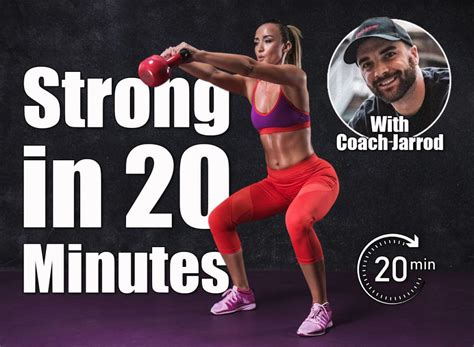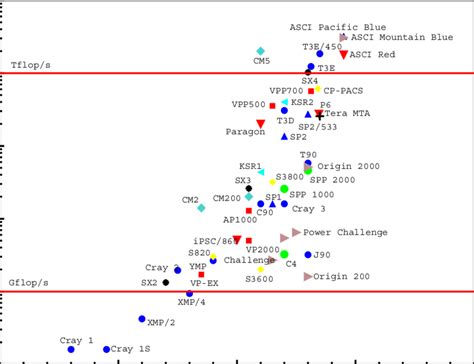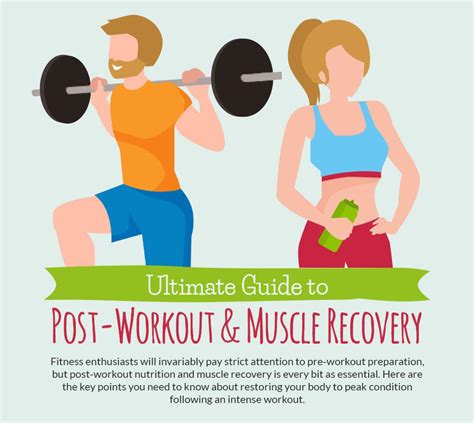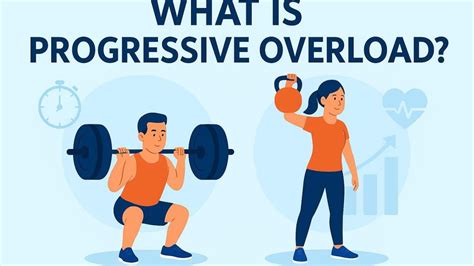Optimize compound lifts for max hypertrophy & strength in less time?

Unlocking Efficiency: Maximize Gains with Compound Lifts
In the quest for a more muscular physique and formidable strength, many find themselves bogged down by complex routines and endless exercises. However, the path to significant gains doesn’t have to be a time sink. By strategically focusing on compound lifts, it’s entirely possible to achieve maximum hypertrophy and strength in less time. This article will guide you through the principles and practices to make every minute in the gym count, transforming your physique and boosting your power efficiently.
The Undeniable Power of Compound Movements
Compound lifts are exercises that involve multiple joints and engage several muscle groups simultaneously. Think squats, deadlifts, bench presses, overhead presses, and rows. Unlike isolation exercises that target a single muscle, compounds are inherently more efficient. They allow you to lift heavier weights, stimulate more muscle fibers, and elicit a greater systemic response, leading to superior strength gains and muscle growth. This multi-joint activation means you get more bang for your buck with every rep.

Core Principles for Optimal Results
Master Form and Technique
Before chasing heavy weights, perfect your form. Incorrect technique not only increases the risk of injury but also diminishes the effectiveness of the lift, failing to adequately target the intended muscles. Invest time in learning the proper mechanics for each compound movement, even if it means starting with lighter loads. A strong foundation in form ensures you can safely and effectively progress over time.
Progressive Overload is King
The fundamental principle for muscle growth and strength development is progressive overload. To get bigger and stronger, you must continually challenge your muscles by increasing the demand placed upon them. This can be achieved by:
- Increasing the weight lifted
- Performing more repetitions with the same weight
- Doing more sets
- Decreasing rest times between sets
- Improving lift technique for better muscle activation
- Increasing training frequency
Consistent application of progressive overload signals your body to adapt by building more muscle and strength.
Strategic Exercise Selection
For time-efficient training, less is often more. Focus on 3-5 key compound movements per workout session that hit all major muscle groups. Prioritize foundational lifts like:
- Lower Body: Squats (back squat, front squat), Deadlifts (conventional, sumo, RDL)
- Upper Body Push: Bench Press (barbell, dumbbell), Overhead Press (barbell, dumbbell)
- Upper Body Pull: Barbell Rows, Pull-ups/Lat Pulldowns
These movements form the backbone of a highly effective and time-efficient program.
Optimizing for Time Efficiency
Smart Program Design
To maximize gains in minimal time, consider a full-body workout split performed 2-3 times per week, or an upper/lower split 4 times a week. Full-body routines are excellent for frequency, allowing you to hit major muscle groups more often, which is beneficial for both hypertrophy and strength. Each session should be intense, focusing on a few heavy compound lifts.
Intensity Over Volume
Instead of doing countless sets, make each set count. Train with high intensity, pushing yourself close to muscular failure (RPE 7-9 or 1-3 Reps In Reserve). For most compound lifts, 2-4 working sets after a thorough warm-up are often sufficient to stimulate growth and strength, especially when combined with progressive overload. This high-intensity, lower-volume approach is a cornerstone of time-efficient training.

Strategic Rest Periods and Supersetting
While adequate rest is crucial for recovery between heavy sets of compound lifts (2-3 minutes or more for max strength), you can strategically reduce rest for certain exercises or incorporate supersets to save time. For example, superset a heavy set of squats with a light core exercise, or pair a push movement with a pull movement (e.g., bench press and bent-over rows) if your recovery allows and it doesn’t compromise the primary lift’s performance.

Nutrition, Recovery, and Consistency: The Unsung Heroes
Optimized training is only one piece of the puzzle. To truly maximize hypertrophy and strength, you must also prioritize:
- Nutrition: Adequate protein intake (1.6-2.2g per kg body weight), sufficient calories to support muscle growth, and micronutrient-rich foods.
- Recovery: Aim for 7-9 hours of quality sleep per night. Allow your muscles adequate time to repair and grow between sessions.
- Consistency: Adherence to your program over weeks, months, and years is the ultimate determinant of success. Small, consistent efforts compound into significant results.

Sample Time-Efficient Workout Outline
Here’s a conceptual idea of how a full-body compound lift session might look, designed for maximum impact in approximately 45-60 minutes:
- Warm-up: 5-10 minutes (light cardio, dynamic stretching, movement-specific warm-up sets)
- Main Lifts:
- Barbell Squat: 3 sets x 5-8 reps (heavy, with proper form)
- Barbell Bench Press: 3 sets x 5-8 reps (heavy)
- Barbell Row: 3 sets x 6-10 reps (heavy)
- Overhead Press: 2 sets x 6-10 reps
- Optional Accessory (e.g., Pull-ups/Lat Pulldowns or RDLs): 2 sets x 8-12 reps
- Cool-down: 5 minutes (static stretching)
Remember to adjust sets, reps, and exercises based on your individual needs, recovery capacity, and specific goals. The key is heavy, effective work on compound movements, consistently applied.

Conclusion
Achieving maximum hypertrophy and strength in less time is not a myth; it’s a reality rooted in intelligent training principles. By dedicating your efforts to mastering compound lifts, consistently applying progressive overload, designing smart programs, and prioritizing recovery and nutrition, you can build an impressive physique and formidable strength without spending endless hours in the gym. Embrace efficiency, train with purpose, and watch your progress soar.








